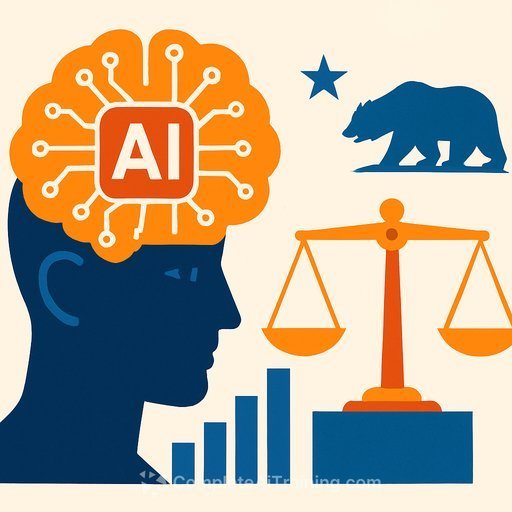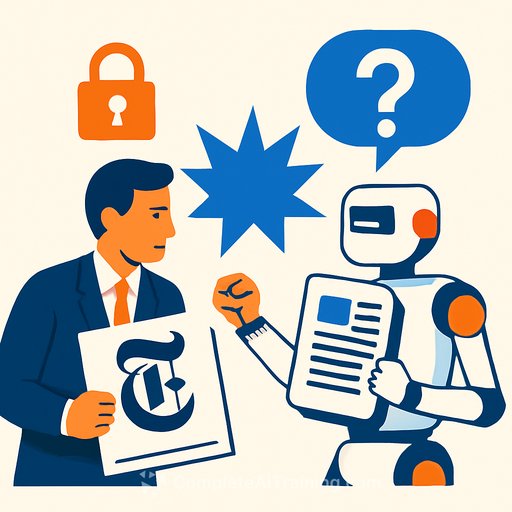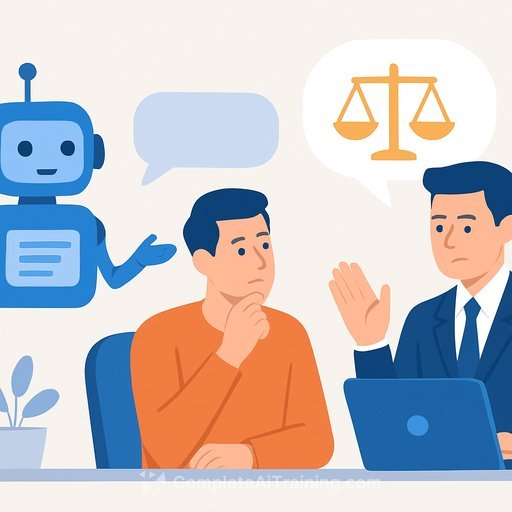The use of AI in legal judgments: a measured step from the UK Tax Tribunal
In VP Evans (as executrix of HB Evans, deceased) & Ors v The Commissioners for HMRC [2025] UKFTT 1112 (TC), Judge Christopher McNall stated he used AI to help produce his decision on a disclosure application. He set out what he used it for, what he didn't, and why the case was a good fit. It's a clear example of how judges can adopt AI without giving up control of the reasoning or the outcome.
Where AI fit-and where it didn't
The application was decided on written submissions, with no oral evidence and no findings on honesty or credibility. That made it low-risk for using AI to support the work.
The judge limited AI to document summarisation, treated those outputs as a first draft, and checked them against the originals. He did not use AI for legal research. The weighing of arguments, drafting of orders, and final judgment remained his alone.
Transparency against current guidance
Judges are not generally required to explain their behind-the-scenes process. There's also no express requirement to disclose AI use under the April 2025 judicial guidance. Even so, the judge chose to be open about it-likely to reassure parties that AI assistance didn't influence the evaluation or the result.
That approach is cautious and workable. Expect more judges to do the same, especially where disclosure helps address concerns about accuracy and independence. For broader context on judicial practice, see the Courts and Tribunals Judiciary website: judiciary.uk.
Benefits-and the known risks-for legal work
Used properly, generative AI can cut time spent on routine tasks like summarising long emails, schedules, or bundles. Faster turnarounds on procedural issues can help all parties.
The risks are familiar: accuracy, hallucinations, and confidentiality. The April 2025 guidance requires that any AI-generated information be checked before it's used or relied upon. The message is simple-use AI to accelerate, then verify before you act.
Practical guardrails for judges, arbitrators, and counsel
- Match the task to the tool. Use AI for ancillary, low-discretion tasks (summaries, timelines, bundling aids). Avoid using it for credibility assessments or fact-finding.
- Keep authorship human. Treat AI outputs as drafts, then rewrite, verify, and own the reasoning and the final text.
- Validate against source documents. Sample-check summaries against the originals. If time allows, review the materials in full.
- Protect confidentiality. Use approved tools and settings; avoid uploading sensitive or identifying material unless you have a lawful and secure basis.
- Don't outsource legal research. If AI is used to brainstorm issues, confirm everything against primary sources and authoritative texts.
- Record your method. Keep a short note of what AI did and how you verified it. Decide in advance when disclosure to parties is appropriate.
- Respect submissions. AI summaries should not replace reading the parties' submissions in full for anything that matters.
What this case actually changes
This decision doesn't greenlight AI for contested hearings or credibility-heavy disputes. It shows a narrow, defensible use case: simple procedural applications, no oral evidence, and tasks where accuracy can be checked fast.
Most importantly, it shows that AI can support the drafting process without diluting independence or judgment. The person on the bench stays in charge.
A simple workflow you can use this week
- Define scope: summaries, issue lists, or timelines only. No legal analysis, no findings of fact.
- Use an approved tool with privacy safeguards. Strip out personal data where possible.
- Prompt clearly: ask for neutral, source-based summaries with citations to page/paragraph numbers.
- Spot-check against the originals. If it's off, fix it and tighten your prompt.
- Draft the decision in your own words. Keep a brief note on what AI did and your checks.
For legal teams building capability
If your team is setting internal standards for AI-assisted drafting and review, structured learning helps. See curated AI courses by job role here: Complete AI Training - Courses by Job.
Bottom line
AI can speed up the routine parts of procedural work. Keep it scoped, keep it checked, and keep judgment human. Used this way, it helps the system move faster without lowering the bar on fairness or quality.
Your membership also unlocks:






